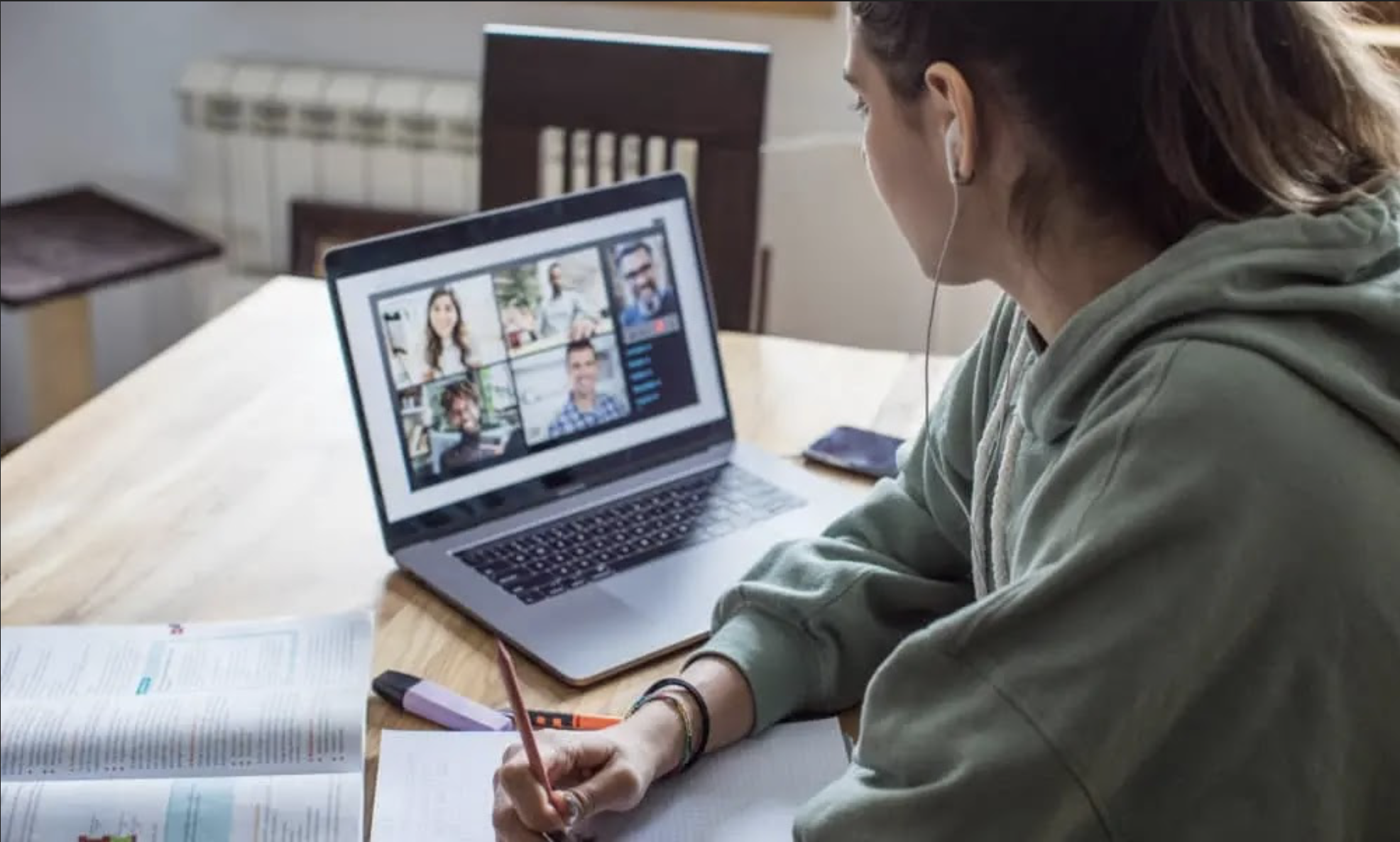

By Ian Ezinga
I have fond memories of my arrival in New York City and to the Brooklyn College campus. My first apartment was in a bustling “good Jewish neighborhood,” as my landlord described it. The college sported proud New Deal architecture, welcoming green spaces, and the biggest library in the entire borough. Within a few days in the apartment, I became readily acquainted with roach infestations, poor ventilation, mold, leaky pipes, and long overdue electric bills predating my move-in date. The campus, while certainly bearing more hearty fruits, also sulked in water damage, boiling halls, dysfunctional bathrooms, damaged windows, and insultingly vintage facilities throughout.
I moved out of that first apartment and moved on to a second one that was marginally better. Now, a slight mouse problem and spotty internet are my only complaints. My college’s campus, however, has been shrouded from me for well over a year. I don’t have very high hopes that the aforementioned problems will be solved before I return to campus. Considering CUNY’s previous inability to improve campus infrastructure, and looking at growing trends of virtual learning, it seems we are in store for the continued neglect of our physical spaces in favor of pumping out more degrees earned over the internet.
This might not sound like a terrible outcome to some readers, as there are certainly benefits to remote learning. The pandemic is, of course, the cause of this recent takeover. But as someone who has first-hand experience with just how bad online learning can be, and as someone who places tremendous value on engaging with my learning in person, I am horrified at the possibility of nearing generations losing access to what I believe education ought to be about – learning from others.
Being in a Zoom room where there are no cameras on, barely any discussion, and with an instructor who might be an overworked adjunct, a technologically inept veteran, or a graduate student who is taking on their first teaching challenge is hardly an environment to facilitate the best possible learning outcomes. But, and this is the important part, the aforementioned scenario is many thousands of dollars cheaper than holding that same class in person. We are charged the same amount, but we can’t get to know the other students, we lose much of our power in spurring meaningful engagement from professors and classmates, and at the end of the day, the classes are often nothing more than a video.
Don’t get me wrong, I’ve had some pretty solid online experiences. But these pale in comparison to running into a professor in the hall, commiserating with classmates in the quad, or breathing fresh air after being stuck in Boylan Hall for an unusually dry lecture. These are the experiences that solidify our learning as students. We can all watch videos, type up comments, and unmute our mic to say “here,” or be the person to finally answer a professor’s question that is hanging in the air like a cloud of maple syrup. But what is really special about being a student: the excitement, the anxiety, and the feeling of leaving campus having learned something, or at least, tried to, is diminished to the brink of being lost entirely.
It should be clear by now that our experiences as students are not the top priority of CUNY. We must be explicit in our intentions to not just come back from the pandemic but do so by placing a new emphasis on the quality of our learning rather than shore up our facilities to further the trend of virtual education. There are well-meaning people in every corner of this world. But the history of CUNY paints a bleak picture of not fighting for funding, raising tuition, and giving more and more of the courses to grossly underpaid and inhumanely overworked adjuncts. These people are heroes, no doubt, but the quality of our education shouldn’t be dependent on their suffering.
In short, I fervently believe in the best possible quality of education for all students. A continuation of the trend we see in remote learning can be seen as nothing more than a detriment to students who hope to connect with their learning on a level beyond what they could obtain watching YouTube videos. While the pandemic certainly has given cause to this mode of education in the present, if we hold what we should value most, then we need to fight for CUNY to pay sufficient attention to the physical spaces that facilitate learning and, more importantly, to the people who are paying to learn something.
